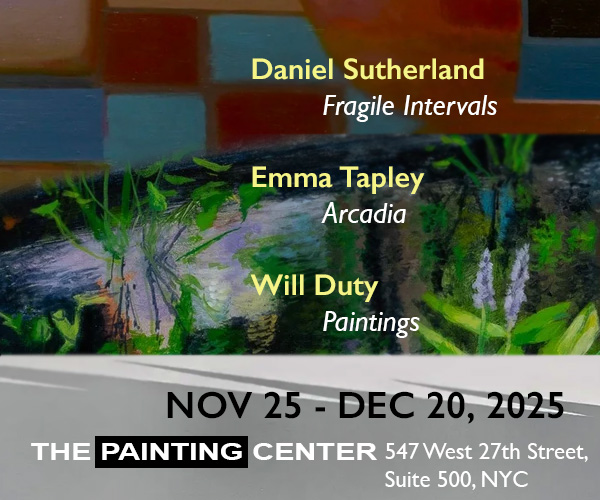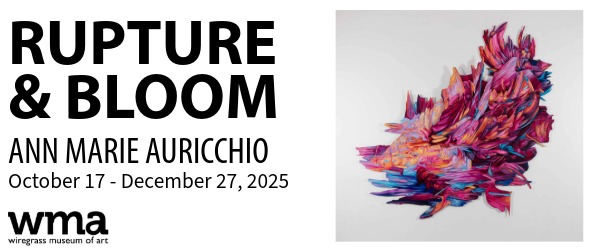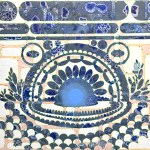
Contributed by Jonathan Stevenson / In a typically penetrating New York Times column earlier this month, David Leonhardt pointed out that one of Franklin Delano Roosevelt’s many insights was the need to showcase as well as merely extend government largesse in order to impress upon its beneficiaries the ongoing value of the federal government’s involvement in their lives. As Republicans from Ronald Reagan forward have since minimized the worth of government to the nation’s welfare, Leonhardt continued, Democrats have done plenty to counteract that viewpoint in substance but precious little to generate “policy feedback” by highlighting their efforts in America’s cultural and historical narrative.
The artists enlisted for the Depression-era Works Progress Administration, established in 1935 and wound up in 1942, did that for the New Deal. They were not just workmanlike journeymen, but included some of the prime movers of twentieth-century art — Charles Alston, Ernest Crichlow, Allan Crite, Stuart Davis, Willem de Kooning, Arshile Gorky, Marsden Hartley, Philip Guston, Lee Krasner, Jacob Lawrence, Norman Lewis, Loren MacIver, Alice Neel, Louise Nevelson, Jackson Pollock, Ad Reinhart, Diego Rivera, Mark Rothko, Charles White, and Hale Woodruff, to name just a fraction of them. An image of Seymour Fogel’s WPA murals The Wealth of a Nation (1938), an exemplar of social realism that hangs at the Social Security Building in Washington, accompanies Leonhardt’s piece.
In retrospect, the WPA’s harnessing of some of the most gifted artists of the day was not merely a decorative complement to the core endeavor of building public roads and buildings. It strengthened the political durability of New Deal programs. In the current epoch of extreme political polarity, of course, a government agency like the WPA is hard to imagine. Even so, the WPA chapter illuminates visual artists’ capacity to distill and enshrine political narratives not merely for posterity but to ensure their vitality and force. WPA murals were hardly Soviet-style agitprop, but they were poignant celebrations of New Deal accomplishments.
Times have changed, and things like tax credits and the Affordable Care Act don’t really lend themselves such elegiac works. But the struggles that prompted them do inspire some compelling contemporary art. So do society’s political shortcomings and failures, as the narrative work of Hans Haacke and now artists like William Powhida, as well as that of painters such as Kerry James Marshall, attest. Arguably the underlying point of last year’s Whitney Biennial, viewed by many as a kind of public service announcement, was that artists should encourage political immersion by embracing, penetrating, and clarifying important issues. That is not to say that other artists should abjure producing beauty for its own sake, which, in contrast, furnishes a needed refuge from roiling public debates. Rather, artists have the unique and paradoxical power to perform both functions at once: to provide worldly enlightenment at a sublime remove.
Related posts:
Quote: Kerry James Marshall
Hans Haacke’s ethical snark
William Powhida’s inquisition
Pioneering modernist Helen Lundeberg’s WPA mural restored






















